Hear more from our head of Dealertrack DMS Performance Management team about ongoing strategic guidance and support.
Tag: onboarding
9 Steps for Hiring and Retaining Talent at Your Dealership
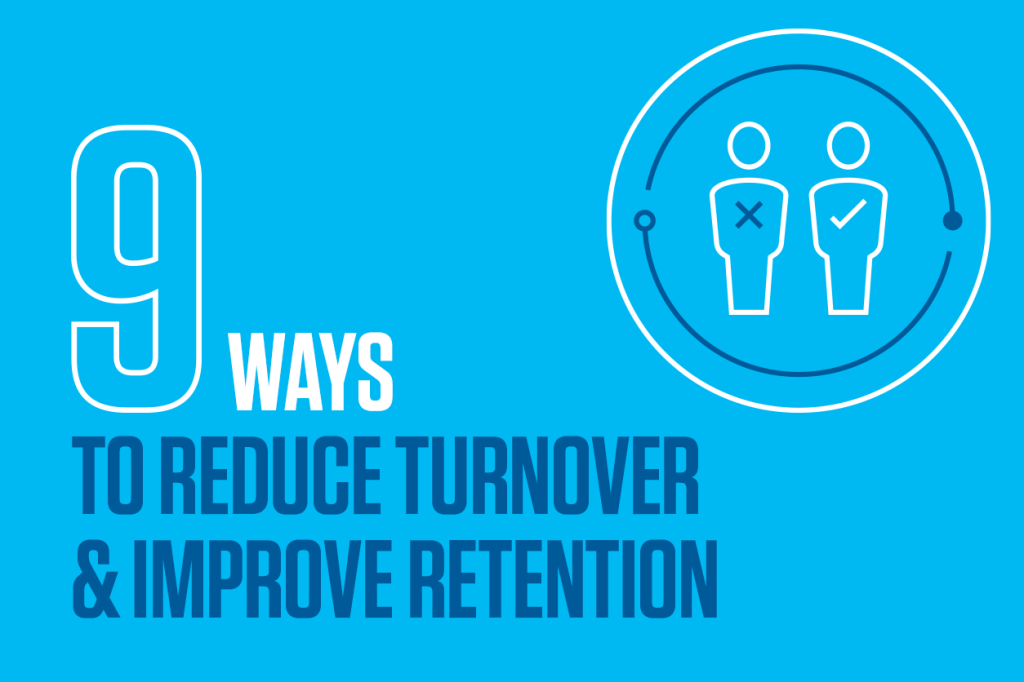
Finding and keeping top talent in automotive retail has always been a challenge. But dealers can do more to think outside the box and find those best suited to grow with their companies and, most importantly, improve the return on their hiring investment. Here are 9 steps for hiring and retaining talent at your dealership.
 1. Track Employee Statistics
1. Track Employee Statistics
Employee turnover at dealerships is a huge problem, but most don’t recognize the severity of the situation. Turnover is costing dealers billions of dollars every year. And, according to a NADA Dealership Workforce Study, dealerships drastically underreport their average turnover rate at just 22%. That’s more than half the actual dealership turnover rate identified by NADA, which is 46% for employees and a shocking 80% for salespeople. This discrepancy between perception and reality can be remedied by tracking employment and turnover metrics over time. This involves listing, defining, explaining, and tracking relevant metrics, including voluntary and involuntary turnover and retention rate by department.
 2. Offer Better Compensation
2. Offer Better Compensation
In 2020, the average annual pay for a car salesperson in the United States was less than $41,000. Although this figure appears much higher in 2023, some sources show this figure swinging wildly in the opposite direction. This unpredictable compensation model doesn’t bode well for long-term growth or stability. Considering the high cost of turnover—especially in the long run—dealerships face an ongoing staffing challenge due to their current compensation model.
 3. Offer Remote Work Options
3. Offer Remote Work Options
More and more employees, both inside or outside the auto industry, have started to see the benefits of working from home. And, many won’t go back to an all-in-office situation anytime soon. Today’s employees expect greater flexibility moving forward, even from dealerships. Coincidentally, there has been a parallel trend toward remote car shopping and online car buying. Dealerships should take advantage of this trend to align their staff and HR structures to adopt an omni-channel approach to sales—giving customers the option to buy cars in person, remotely, or a mix of both. This also calls for creating new positions for remote and mobile sales people, which has the added benefit of attracting top talent.
 4. Consider Different Compensation Structures
4. Consider Different Compensation Structures
In addition to increasing compensation amount, dealerships should consider a separate compensation structure altogether, including a move away from traditional commission-based pay. Some dealerships have already made this move, implementing perks like limiting work weeks to 40 hours and offering 2 days off per week, without reducing wages. The results, in terms of improved employee tenure and job satisfaction, have been immediate and undeniable.
 5. Improve Company Culture
5. Improve Company Culture
According to a Hireology Research Report, nearly 40% of people choose to begin a new job search to find a better culture. To put the importance of company culture into perspective, just 36.5% of people listed better pay as the reason for starting a job search. Dealerships should implement more employee recognition efforts and do more to engage their employees, giving them more opportunities to think, grow, and feel valued for their contributions. Improved employee engagement, better emotional connection with work, and more efficient work hours are undeniably interconnected. It’s a win-win for employees and dealerships.
 6. Provide Better Technology
6. Provide Better Technology
Young workers, who grew up with technology, are naturally interested in the latest tech advancements. They view workplace technology as an important perk and understand that the right technologies can make their work easier and more interesting. Implementing integrated technologies that make your employees’ jobs easier and more efficient is a major step toward attracting and retaining top talent. These technologies speed up workflows, remove friction and barriers, and allow employees to focus on what they do best. Plus, integrated technologies appeal to today’s employees and improve your overall brand perception, because, like it or not, your dealership’s brand is inseparably tied to your technology.
 7. Improve Employee Onboarding
7. Improve Employee Onboarding
Employees become most productive after three years on the job. Unfortunately, the average employee tenure is just 18 months to 2.4 years. In order for your dealership to keep employees (especially top employees) longer and reap the rewards of your investment in them, you have to give them a strong start. That means implementing productive, structured onboarding that focuses on employee retention. According to Hireology’s Adam Robinson, there’s a “strong correlation between structured onboarding processes and employee retention. When new hires take part in a structured onboarding process, 66% of them are likely to remain with a company for longer than three years.”
 8. Make Smart Human Resources Partnerships
8. Make Smart Human Resources Partnerships
Ironically, most “human” resources departments are too often tied up in mundane number crunching and accounting work, which takes them away from the day-to-day progress and well-being of actual employees. Outsourcing HR management and utilizing better payroll and HR technology allows your team to shift focus back to your employees, resolving their concerns and ensuring happy productive workers.
 9. Adopt More Diverse Hiring Practices
9. Adopt More Diverse Hiring Practices
Unfortunately, there aren’t as many avenues for women and minorities to explore careers in the auto sales industry. Of course, many of these candidates are among the top, sought- after talent that dealerships should be seeking to employ. When dealerships expand their hiring practices and think outside the boundaries of the typical dealership employee (who often bring baggage of bad industry habits), they have a greater likelihood of finding and keeping the best people for the job.
Finding and keeping top talent is a challenge, but following these 9 steps can give you a leg up in competing for (and keeping) these employees and give you the tools, technology and know-how to improve your return on your talent investment.
To learn more about how your dealership can attract and retain better talent, download our free guide, 9 Ways to Reduce Turnover & Improve Retention.
Understanding Hiring and Onboarding for Digital Dealerships
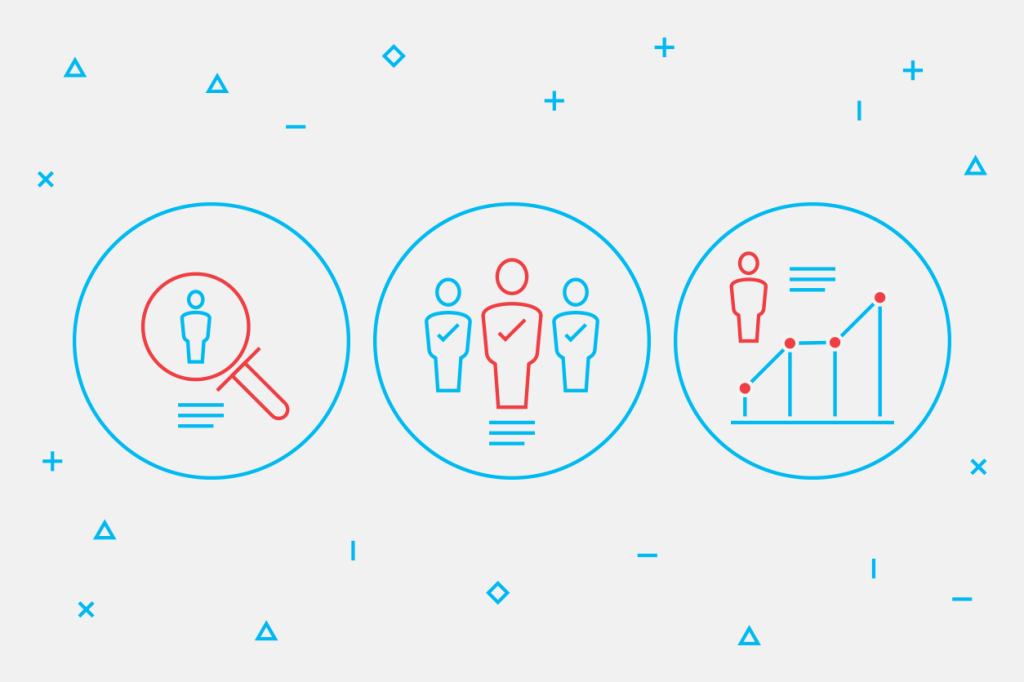
People have always impacted profits in auto sales. When dealerships hire the wrong people, fail to train them properly, and send them off to the frontlines of auto sales, they often make the wrong decisions behind the scenes and make the wrong impressions on customers.
But as the industry shifts to a more digital model and more customers buy cars online, hiring, training, and keeping the right employees matters more than ever before. In an increasingly complex digital world, those dealerships that take steps to attract, hire, and keep top talent will find a competitive advantage in a new age of digital sales.
Why Integrated Technology Matters
Today’s top candidates seek out companies with brands and reputations that fit their perceived idea of providing a good place to work. Young workers demand that their employers supply them with the latest technologies, in the same way they view health insurance, paid time off, and other benefits. They understand that having the right technologies can make their work easier and more interesting.
Implementing integrated technologies—that speed up workflows, remove friction and barriers, and allow employees to focus on what they do best—can help dealers attract and retain top talent. Especially as more and more employees are required to learn and adapt to ever-changing, and increasingly more complex industry regulations in a digital workspace, those dealerships that provide their people with the means of doing their jobs effectively will attract and keep employees that positively impact profits.
Why Onboarding Matters
Even when dealerships do everything they can to attract and hire the right candidates, the industry turnover rate is so high (46% for employees and 80% for salespeople), it’s costing dealers billions of dollars every year. That’s because employees become most productive after three years on the job. But with an average employee tenure of just 18 months to 2.4 years, dealers aren’t reaping the productivity rewards after spending considerable time and money to find and hire employees.
Hireology CEO Adam Robinson suggests that in order for dealers to keep employees longer (and see the results of their productivity), they must implement onboarding that is more structured and focused on employee retention. When dealers do this, 66% of new hires are likely to remain with a company longer than three years. The importance of proper onboarding is further punctuated by the fact that new employees are expected to learn the ins and outs of a digital retailing environment. If they’re not given proper training from the start, with technology playing a central role in the onboarding process, dealers risk losing employees and the money spent to bring them onboard.
How to Build a Diverse Hiring Strategy
Attracting, finding, and hiring the right employees requires broadening the pool of potential candidates to include a greater diversity of backgrounds, thoughts, and people. This means making more of an effort to find and interview more diverse recruits, including adjusting job descriptions that only appeal to existing industry workers and reaching out to different audiences. That includes recruiting candidates with an understanding of the technology they will be required to use as the industry continues to evolve.
Of course, many of these candidates are already among the top, sought-after talent that other dealerships are seeking to employ. So, in addition to diversifying the employment search, dealerships can implement three specific practices to attract and hire the very best applicants.
- Build a Top Career Site—44% of all hires, and 57% of career site applicants are considered top candidates.
- Adjust Expectations—List and look for experience in technology, online retail, or software management and see what kind of applicants turn up.
- Rethink Dealership Roles—Business has changed to involve much more of an online and at-home component for customers, so it’s time for a mindset switch to hire employees that can carry an omni-channel sales process from beginning to end.
When dealerships expand hiring practices, onboard with employee retention in mind, and implement integrated technologies, they can recruit and keep employees that will positively impact profits, especially as the industry continues to shift to a more digital model.
To learn more strategies about hiring and keeping the right employees, check out our guide, 9 Ways to Reduce Turnover and Improve Retention: A Dealer Principal’s Guide to Hiring and Retaining Talent.
Boost Your Dealership’s Game-Plan: Staffing & Process

When it comes to making smart strategy decisions for your dealership, there are two key areas of focus you can’t ignore: staffing and process. You’re likely investing in better technology. And, you’re building a better customer experience, focusing on digital retailing and virtual sales and service options. In fact, by the end of 2020 and heading into 2021, your dealership has done (and is doing) so much to overhaul the way your business runs, you might not even look like the same dealership anymore. But, here’s why optimizing human capital management and developing process improvements that drive operational efficiencies will help you level-up your dealership’s game-plan.
“Even before the pandemic, employee turnover was cited as a major problem and a pain-point for dealerships. Twenty-percent of dealership staff said they were likely to look for another job in the next six months.” – Tyler Anderson, Dir. Business Development, Dealertrack DMS.
Solving Key Human Capital Challenges
Between hiring, onboarding, training, and remote-work management, dealerships are facing difficult challenges within the people-side of the business. Some of these issues are hardly new, while others are unique to the current changes taking place to the retail environment. “Even before the pandemic (according to a Dealership Staffing Study), employee turnover was cited as a major problem and a pain-point for dealerships,” says Tyler Anderson, Director of Business Development for Dealertrack DMS. “Twenty-percent of dealership staff said they were likely to look for another job in the next six months.” The problems for dealers and their staff are often deeply rooted within the varying technologies and systems that employees must constantly learn, and re-learn, on the job. Anderson notes, in a recent webinar, that dealership employees often face redundant entry points for data between multiple, disconnected solutions creating the opportunity for manual errors. By bringing together best-in-class technologies and fully integrating your dealership’s human resource and payroll solutions, is a giant leap in the right direction. (Watch the full webinar below to learn how companies like Netchex and Dealertrack are working together to offer new, integrated solutions.)
“In the midst of these transformations, dealerships still have to manage these processes—quite frankly—to succeed. Or, they’re going to fail…Reporting doesn’t go away, it becomes paramount.” – Randy Wilson, Dir. Performance Management, Dealertrack DMS
Without Operational Process, Organizations Will Fail
Among the many changes dealerships have seen this year are the various services offered to customers who don’t want to visit your store in-person. In fact, according to a Cox Automotive COVID-19 Consumer and Dealer and Impact Survey, two out of three buyers would prefer to complete 100% of the buying process online. Between online shopping and the need for remote service options, dealers are reinventing their standard operating procedures. This means that new team members, returning staff, and training standards must all be re-calibrated to keep your business running smoothly. “Leveraging your technology is crucial to your success,” explains Randy Wilson, Director of Performance Management at Dealertrack DMS. Wilson’s team of Performance Managers work one-on-one with dealer partners and oversees the rapid digital transformation that has taken place this year. But, Wilson cautions, without establishing process improvements to achieve operational efficiency, your dealership’s new online business model could be in peril. “In the midst of these transformations, dealerships still have to manage these processes—quite frankly—to succeed. Or, they’re going to fail…Reporting doesn’t go away, it becomes paramount,” says Wilson.
To learn more about Dealertrack’s integrated Payroll, powered by Netchex and Performance Management for DMS, watch the recorded webinar below.
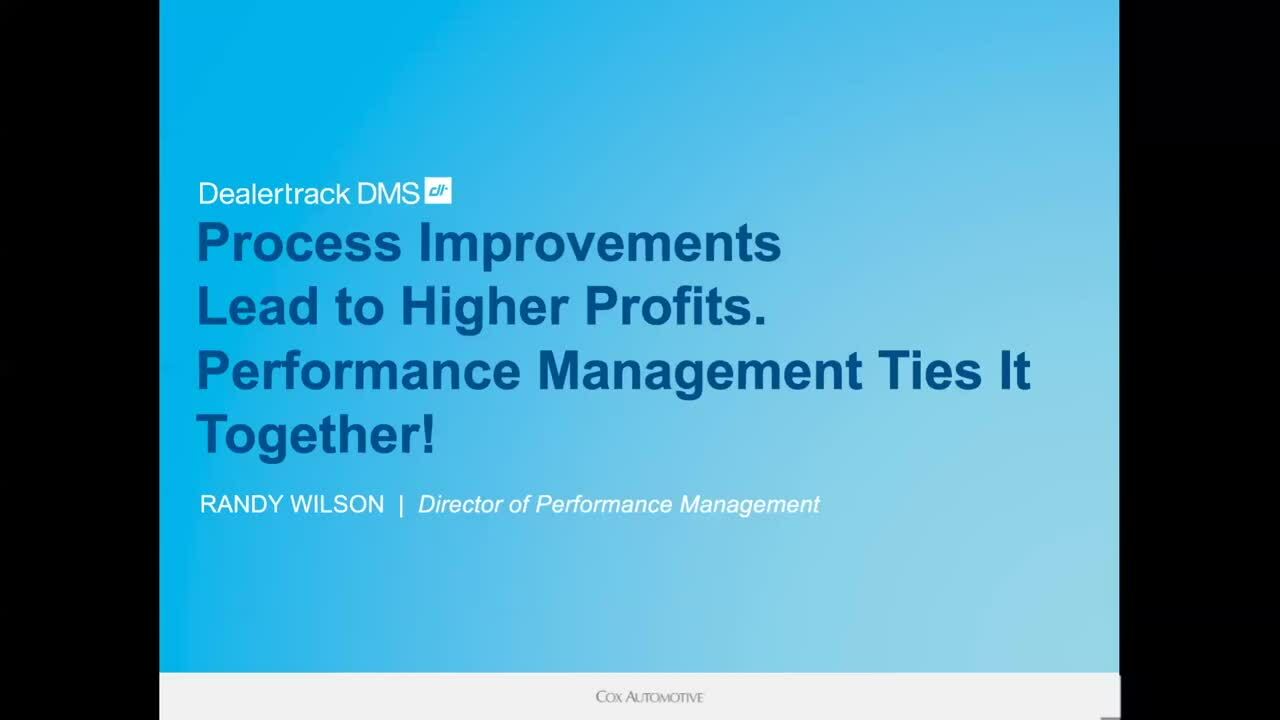
Sources:
2020 Cox Automotive COVID-19 Consumer and Dealer Impact Study
2019 Dealer Impact Study: https://www.coxautoinc.com/learning-center/2019-dealership-staffing-study/
How Other Dealers are Communicating Change
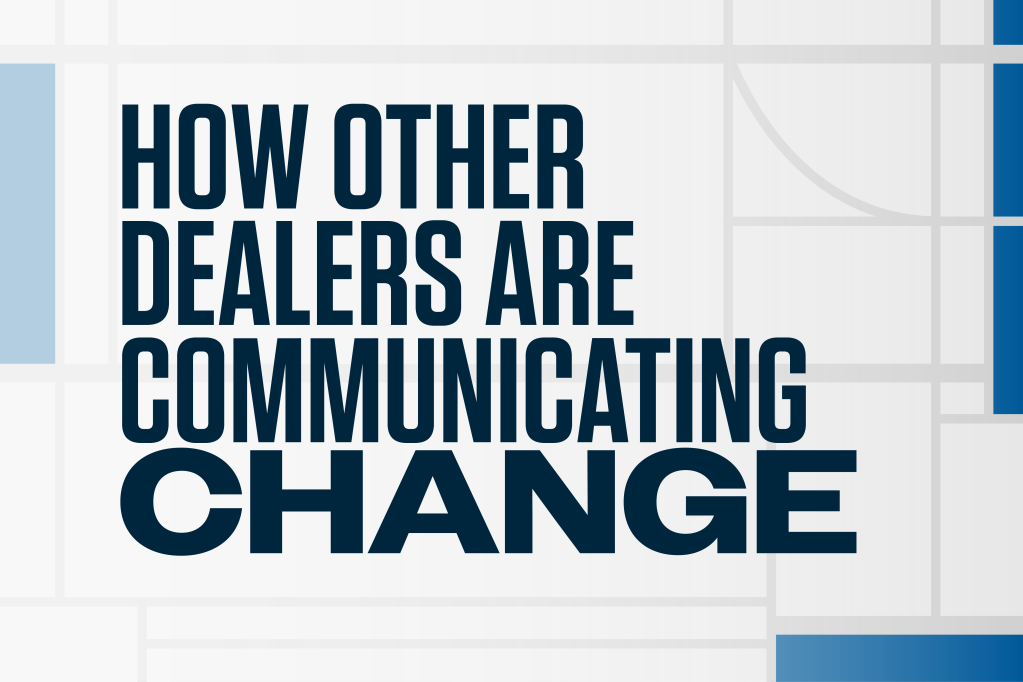
There’s no right way to announce a DMS transition and the best channels for communication will depend on your dealership’s specific structure and culture.
Many dealerships choose to share their decisions during in-person town hall meetings or through simple videos. See the Fox Motors example video below and download our Dealership Transition Email Template.
Fox Motors
Fox Motors also developed a product awareness series that was an instrumental part of their successful transition to Dealertrack DMS. Take a look at their employee communication guide they used to help employees get excited about the transition.
Turn Dealership New Hires into Experts with Strategic Onboarding
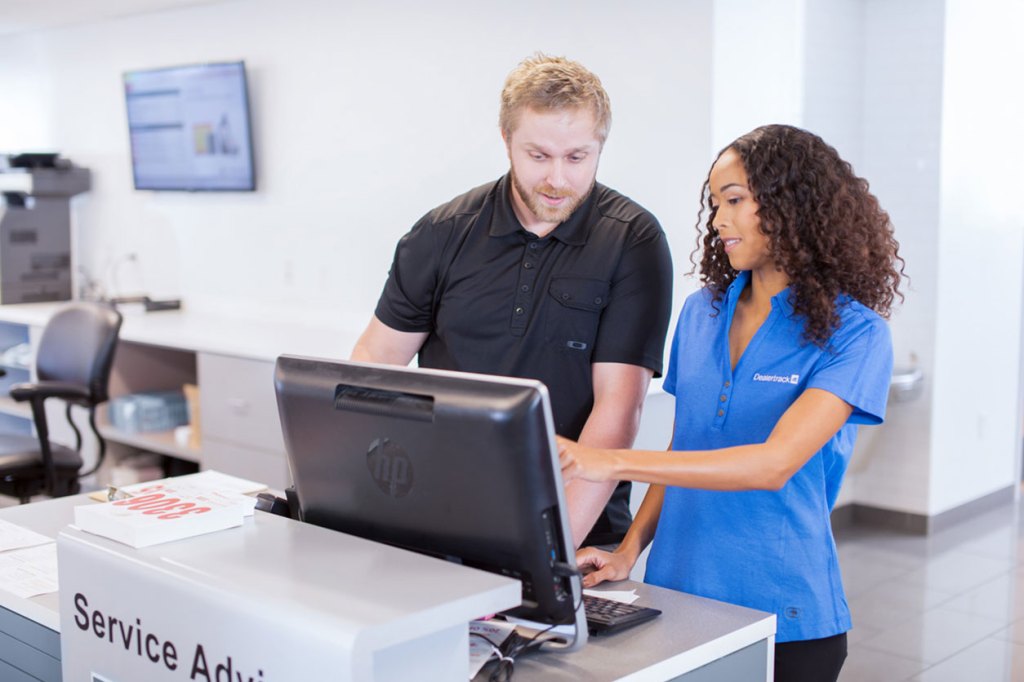
Employee turnover costs dealerships billions of dollars every year. Yes, billions. And the problem is getting worse. Payroll is rising and one- and three-year retention rates are dropping, meaning dealers are spending more and seeing fewer results year over year. This problem is only compounded by the toll of margin compression, operating costs, and the hidden impacts of low team morale and comprehensive operational inefficiency due to churn. The end results leave dealership to face a big struggle. Where can they begin to make a difference? The answer, according to the experts, can be found through more effective onboarding processes.
The financial impact of employee turnover
Calculating the total cost of employee turnover surprises many dealers. On its surface, it may look like a mere annoyance or human resource hassle. But dig a little deeper and it becomes evident that turnover is having a significant financial impact on dealerships. According to Harvard Business Review, “it typically takes eight months for a newly hired employee to reach full productivity.” While dealerships wait for their new hires to slowly climb the learning curve, they can lose between 1% and 2.5% of their revenue. These additional lost profits add up.
Employee onboarding drives faster recovery
Employees come and go in every industry. But according to the most recent NADA Workforce Study, dealerships, in particular, are losing nearly half of their workforce every single year. One way to mitigate the negative effects of this high turnover rate is to lessen the learning curve and bring new hires up to speed faster. When employees know what to expect and what is expected of them, they feel more comfortable in their work and they increase their productivity in turn.
According to the automotive experts at Hireology, a strategic onboarding process can contribute to the team “as soon as they join.” And the difference in productivity adds up. The Society for Human Resource Management has found that organizations with a standard onboarding process experience 50 percent greater new-hire productivity.
Onboarding and the DMS
The DMS is the backbone of modern dealerships and employees must be proficient with the system in order to contribute at a high level. For this reason, any dealership onboarding program must include technical training. Surprisingly, only 25% of companies say their onboarding program includes any kind of technical training.
The benefits of an easy-to-learn DMS
Dealerships with an easy-to-learn DMS have an advantage when it comes to onboarding new hires and reducing the financial impact of employee turnover. Because modern DMS platforms have simple interfaces that streamline workflows, they are easy to use and easy to learn.
For those dealerships currently considering a DMS change, ease-of-use should be a major consideration. Island Automotive Group, a 15-store dealership in New York, recently changed platforms and specifically sought a provider that appealed to its employees and made their jobs easier and more efficient. Dealership partner, Marcello Sciarrano, summarized it this way: “[Our new] DMS is a better system. It’s more cost effective, it’s easier to use, and our employees like it. To me, that’s what a DMS is all about.”
Employee turnover isn’t going anywhere. But dealerships can make a difference by building onboarding programs that include technical training on their DMS. And when their DMS is easy to learn, new hires know what to expect and what is expected of them, making onboarding easier for employees and more financially beneficial for dealers.



